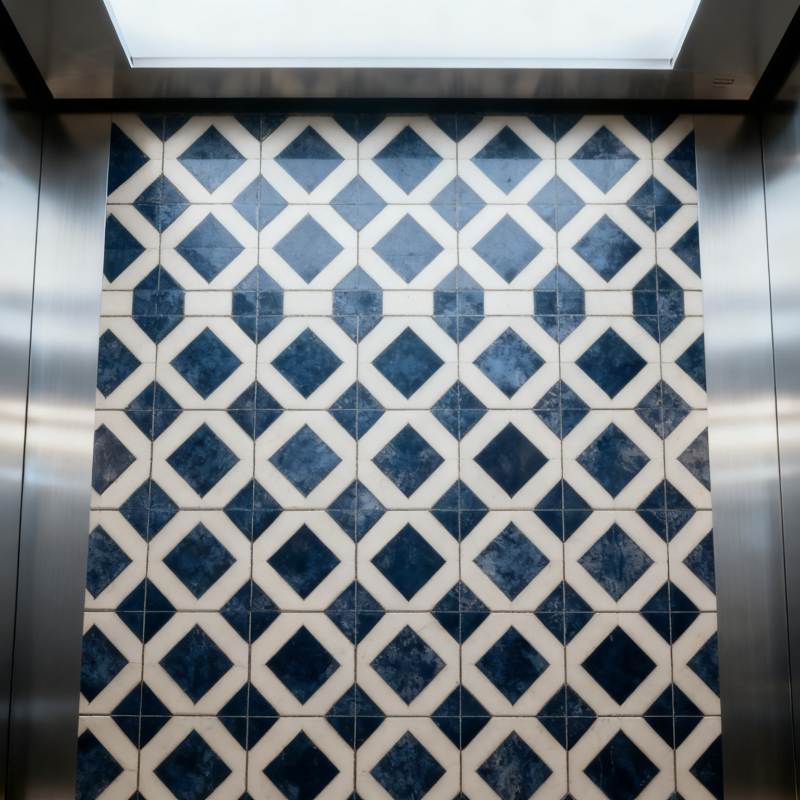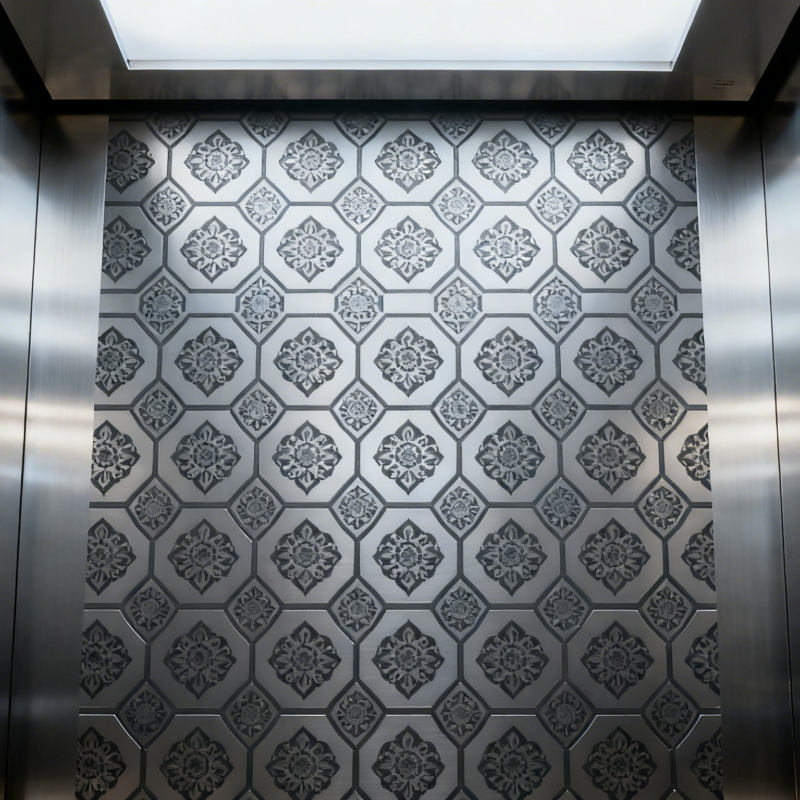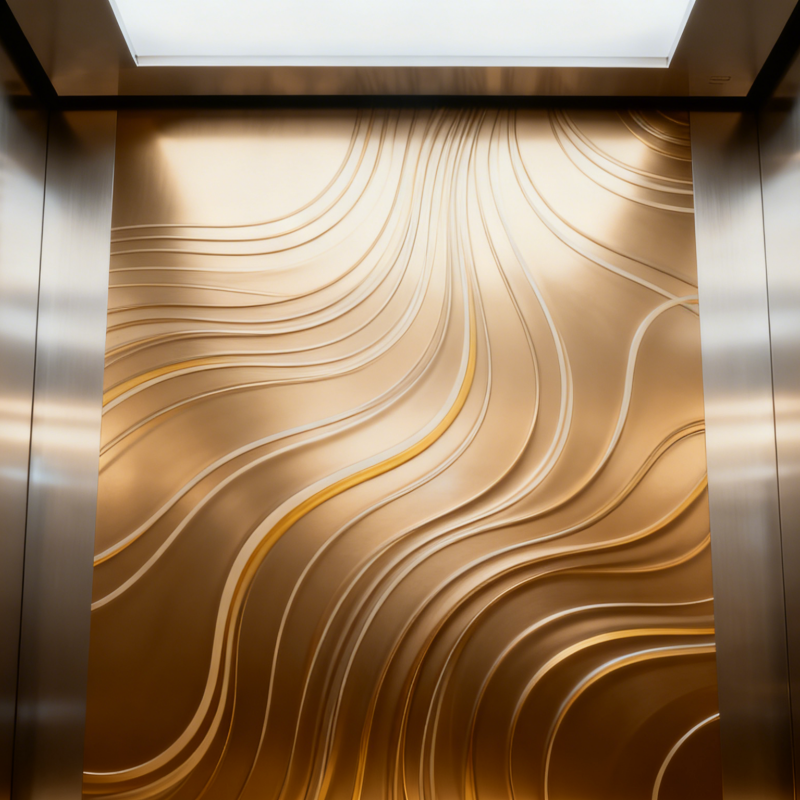The laser etching machine’s beam acts like a precise “industrial paintbrush,” instantly outlining clear safety markings on stainless steel door panels. The entire process takes only seconds, and the marks are permanently preserved. This scene vividly illustrates how laser etching technology is reshaping the elevator manufacturing industry. From the inefficiency and cumbersome nature of traditional machining to the precision and efficiency brought by laser technology, the smart manufacturing upgrade of the elevator industry is accelerating with laser etching as a breakthrough.
The core advantage of laser etching technology is first and foremost its revolutionary improvement in production efficiency. In traditional elevator manufacturing, component markings rely on ink printing or mechanical engraving, which is not only complex but also often requires repetitive work due to wear and tear. Laser etching, with its non-contact processing characteristics, enables continuous and efficient operation. After introducing laser equipment, Guangdong Xiaoling Elevator’s production efficiency jumped from one unit every three days to ten units per day, an increase of more than tenfold. This efficiency breakthrough stems from the technical characteristics of laser etching—a 6000W laser machine can easily handle the processing needs of plates ranging from 0.5mm thin to 50mm thick, and switching processes requires no tool changes, greatly reducing downtime.

Precision is the lifeline of elevator safety, and laser etching provides a technological guarantee for this safety. Elevator components have extremely high tolerance requirements; even a 0.1mm error can lead to safety hazards. With a processing accuracy of ±0.05mm, laser etching can clearly mark production information on critical components such as guide wheels and chassis, ensuring traceability for every part. Compared to the problems of burrs and insufficient precision in traditional mechanical stamping, the narrow kerf of the laser beam significantly improves component fit, reduces subsequent correction processes, reduces material waste, and enhances product stability.
In today’s world of increasing demand for personalization and intelligence, laser etching unlocks new scenarios in elevator manufacturing. Modern architecture has a strong demand for customized elevator interiors. Laser etching can engrave complex patterns on various materials such as stainless steel and aluminum alloys, satisfying architects’ design concepts without damaging the structural integrity of the materials. More importantly, laser equipment can be deeply integrated with intelligent scheduling systems, enabling one-click allocation and real-time monitoring of production tasks. One elevator component manufacturer successfully captured a 10% market share in this niche market using this intelligent solution. From safety markings to decorative patterns, from component traceability to process control, laser etching constructs a comprehensive intelligent manufacturing solution.

Under the concept of sustainable development, laser etching also brings green transformation opportunities to the elevator industry. Traditional processing methods suffer from significant material waste due to wide cuts and unreasonable nesting, while the narrow beam characteristics of laser etching maximize the utilization of raw materials, and combined with intelligent layout software, can minimize waste rates. At the same time, laser processing eliminates the need for chemical consumables such as inks, avoiding pollutant emissions and meeting the environmental protection requirements of modern manufacturing. This dual advantage of “high efficiency + green” makes it the preferred technology for elevator companies to upgrade.
From improving efficiency to ensuring safety, from customized production to green transformation, laser etching is reshaping the manufacturing logic of the elevator industry with diverse value. With the popularization of 40kW ultra-high power equipment and the deep integration of intelligent systems, laser etching will also expand its applications in elevator operation and maintenance in the future—achieving preventative maintenance by etching wear warning markings on easily worn components. In this intelligent manufacturing revolution, laser etching is not only an upgrade of production tools, but also a core driving force for the high-quality development of the elevator industry, laying a solid technological foundation for people’s safe travel.



